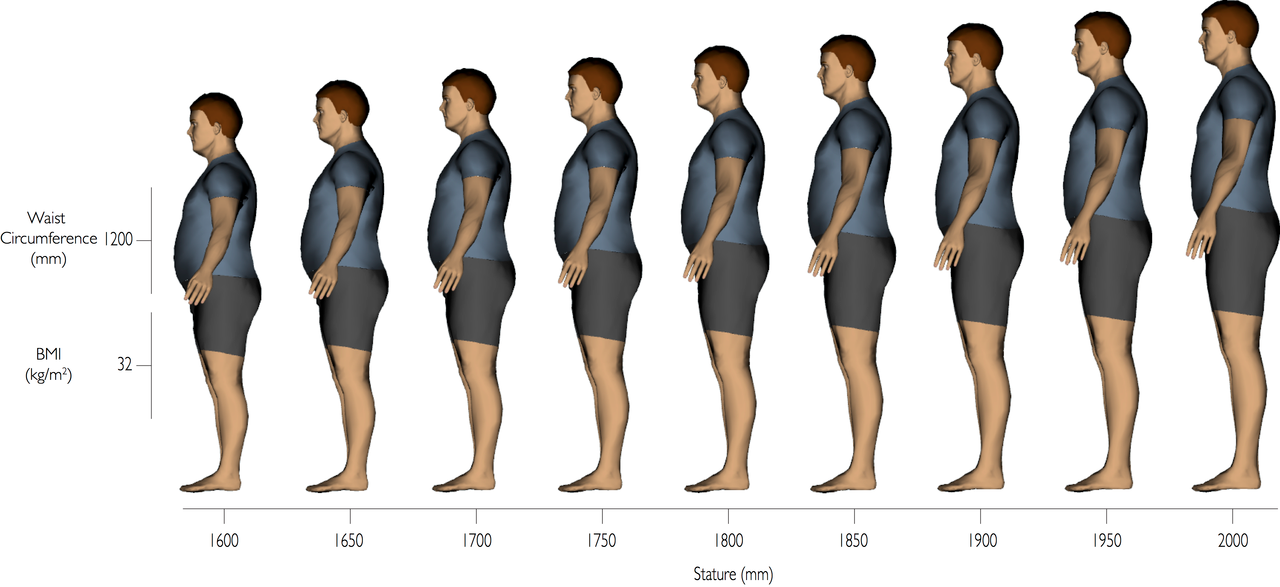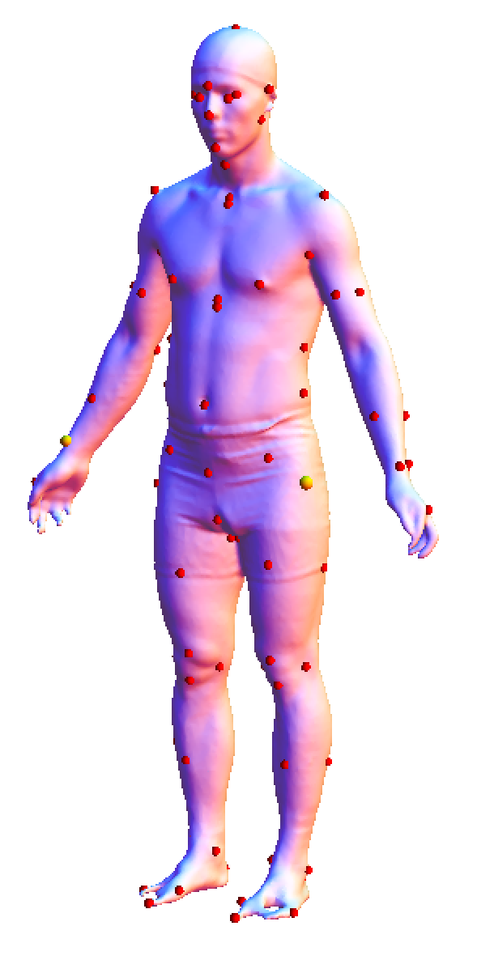by mbp11 | Jan 19, 2015 | Publications
Anthropometric data from children are important for product design and the promulgation of safety standards. The last major detailed study of child anthropometry in the USA was conducted more than 30 years ago. Subsequent demographic changes and the increased...
by mbp11 | Sep 1, 2014 | Publications
This research provides an estimate of the anthropometry of the male commercial pilot population in Europe and details a new method for applying these data in multivariate design problems: the cockpit seat. For the safety and vigilance, the pilot must fit the seat....

by mbp11 | Aug 17, 2014 | Publications
Visualization of the U.S. civilian population provides perspective on the variability of body size and shape, enabling designers and engineers to better understand the needs of their target users. This paper presents a virtual population of digital human models,...

by mbp11 | May 20, 2014 | Publications
Human figure models included with today’s high-end simulation systems are widely used for ergonomic analysis. Male and female figures can be scaled by inputting standard anthropometric dimensions, such as stature, body weight, and limb lengths to represent a large...
by mbp11 | Jan 1, 2014 | Publications
Design for Human Variability (DfHV) is a DfX activity that supports the design of artifacts, tasks, and environments that are robust to the variabilty in their users. This requires an understanding of the body size and shape of the target user population....

